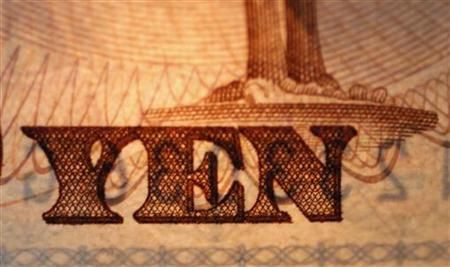Japan's Monetary Base Up 11.8% In December

Japan's monetary base rose in December compared to that in the same month last year, indicating that the monetary easing policies are leading to an increase in the amount of currency in circulation which in turn results in reviving economic growth.
According to the data released Monday by the Bank of Japan, the country’s monetary base, which measures the change in the total amount of domestic currency in circulation and current account deposits held at the central bank, advanced 11.8 percent in December from a 5 percent rise in November and above the analysts’ expectation of 5.3 percent. An increase in the supply of money is expected to lead to additional spending, which in turn results in inflation.
This data come amid the reports that the policymakers in Japan were under pressure to further loosen the monetary policy to revive the economy. The Bank of Japan decided to raise the ceiling on its asset purchase program by 10 trillion yen ($120 billion) to 101 trillion yen. The central bank came under political pressure to announce the stimulus measures after the Liberal Democratic Party (LDP) won a landslide victory in the general elections Dec 16.
With Japan's manufacturing activity contracting to a 44-month low in December, investors feel that there is an urgent need to take measures for enhancing the growth potential of the economy. According to the data released by Markit/JMMA last month, the headline Purchasing Managers’ Index (PMI) fell to 45 in December from 46.5 in November. Any index number below 50 indicates an economic contraction. The continued shrinking of the country's manufacturing activity would increase the likelihood of a sharp contraction in the economy.
The continuing debt crisis in Europe and the strength of the yen have also hurt the demand for exports, the key driver of Japan's economy. It was revealed last month by the Ministry of Economy, Trade and Industry that Japan’s industrial production, which measures the total inflation-adjusted value of output from manufacturers, mines and utilities, fell 1.7 percent in November compared to a 1.6 percent rise in October.
Market players sense that more measures, other than the currently available stimulus measures, will be required to revive the growth momentum. Investors see a critical need for the policymakers to evolve measures that strengthen the growth potential of the economy, which many expect to be announced this year.
© Copyright IBTimes 2025. All rights reserved.





















